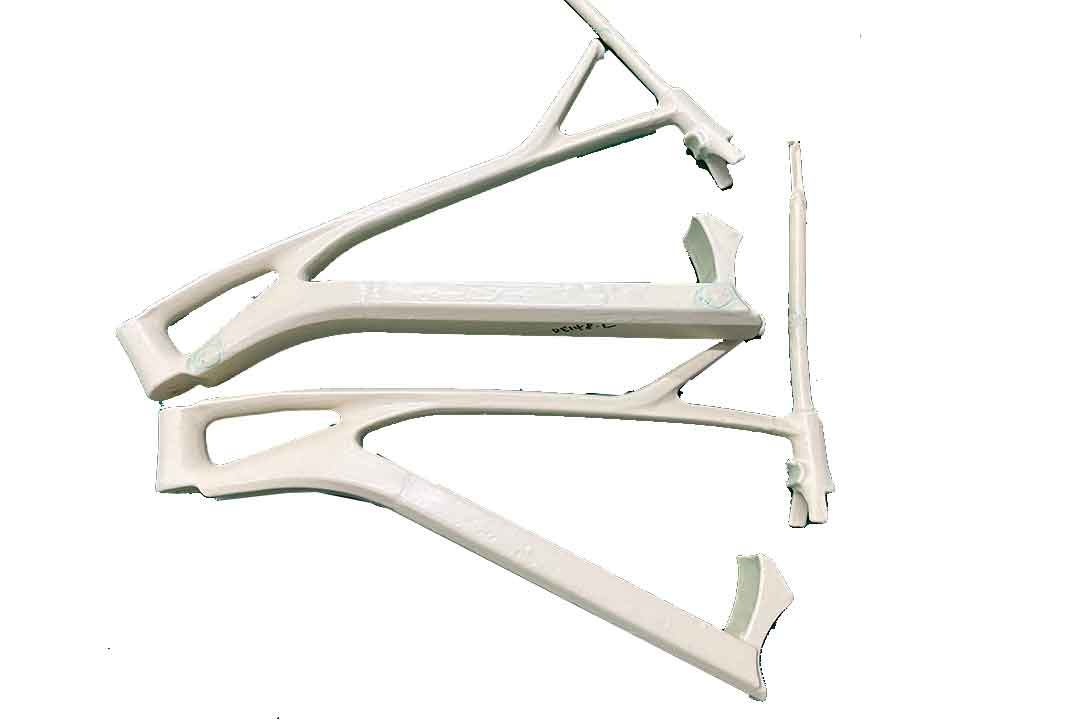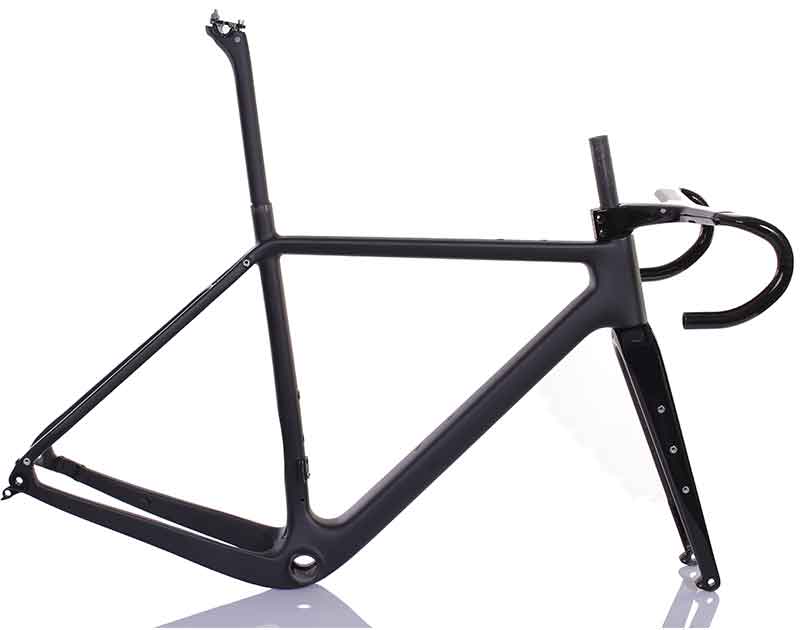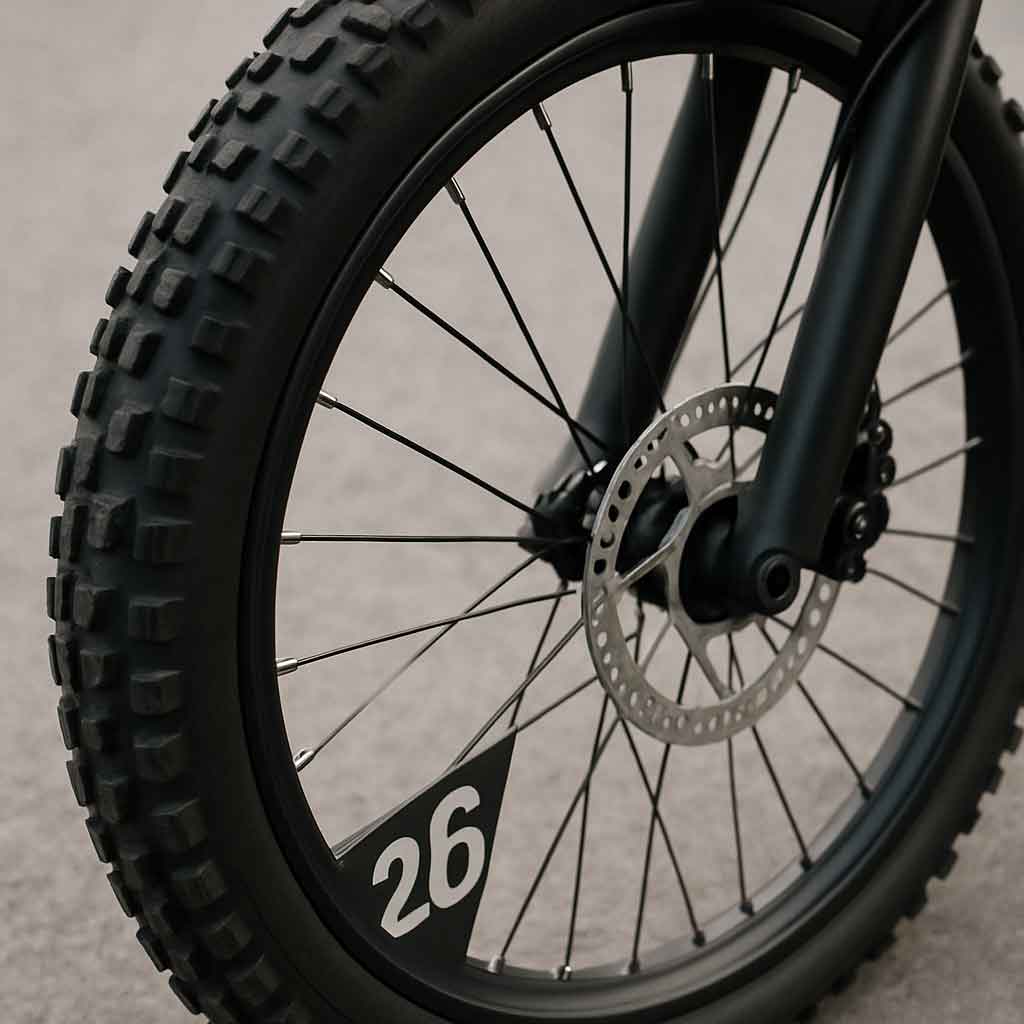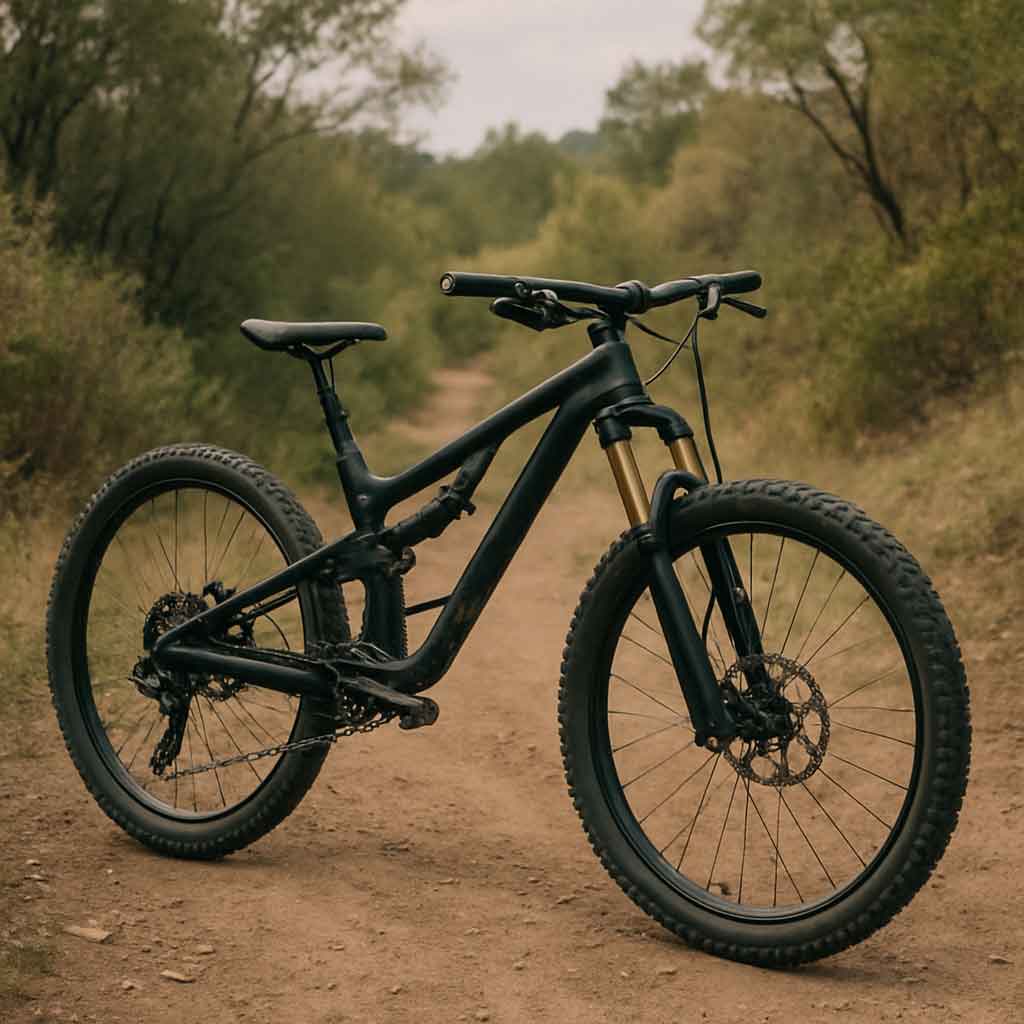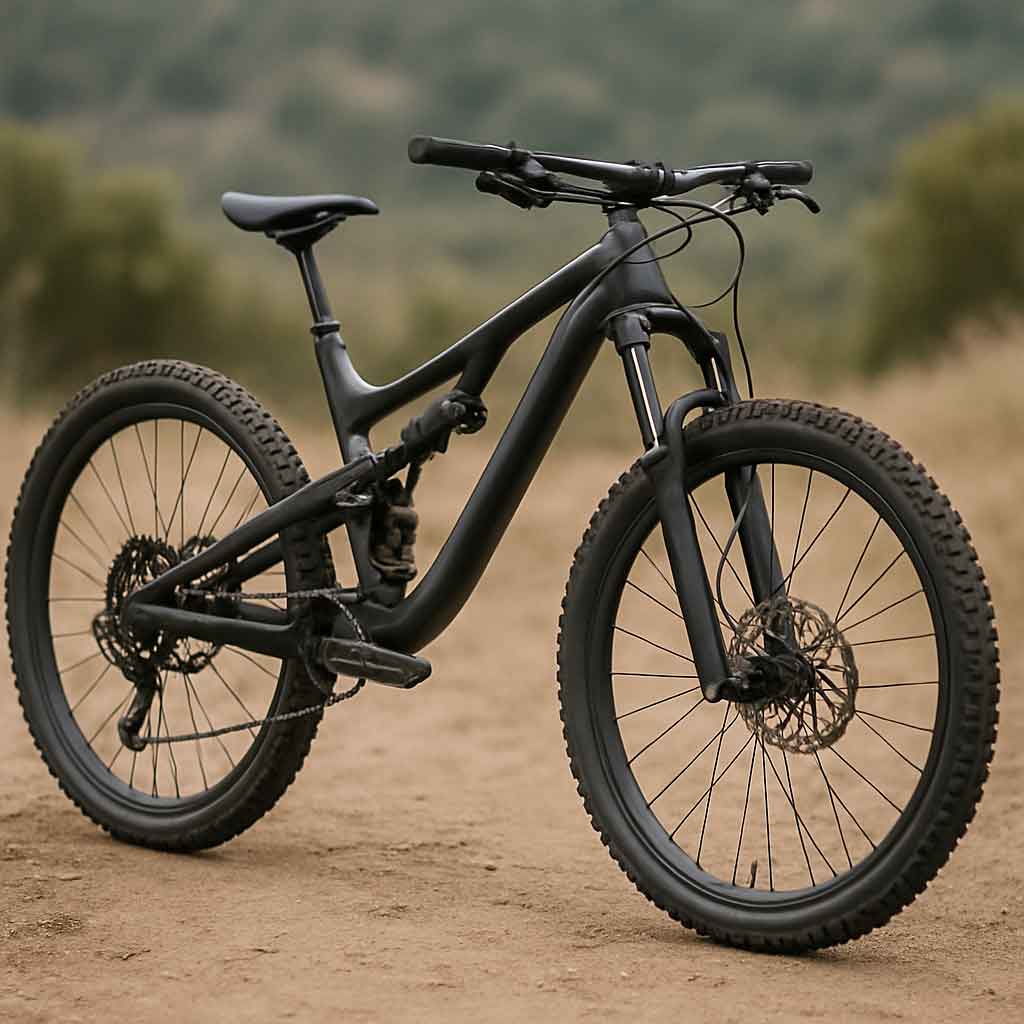Welcome to Mondince Bike - A well-known factory specialized in produce carbon bike frame and other parts since 2007.
Bike Size Charts A Comprehensive Guide
Finding the right bike size can be the difference between a comfortable ride and a painful one. Whether you're a seasoned cyclist or a beginner, understanding bike size charts and how to use them is essential. In this guide, we'll delve into everything you need to know about bike sizes, including how to use a bike size calculator and interpret bicycle size charts. Let's get started!

Choosing the right bike size is crucial for several reasons. Firstly, it ensures comfort. A bike that's too big or too small can lead to discomfort, pain, and even injury over time. Imagine setting out on a long ride only to be plagued by knee pain or backaches due to an ill-fitting bike. Such discomfort not only diminishes the joy of cycling but can also lead to long-term health issues if not addressed.
Secondly, the correct bike size enhances performance. It allows you to ride more efficiently, maximizing your power output with minimal effort. When your bike fits well, you can maintain an optimal posture, which aids in better breathing and energy conservation. This efficiency becomes particularly important for competitive cyclists or those aiming to improve their fitness levels. Lastly, a properly sized bike boosts your confidence and enjoyment, making cycling a more pleasurable experience. A bike that feels like an extension of your body empowers you to tackle new trails or longer rides with enthusiasm and ease.
Understanding Bike Size Charts
What Are Bike Size Charts?
Bike size charts are tools used to determine the appropriate bike size based on various measurements. These charts consider factors like your height, inseam length, and the type of bike you're interested in. By comparing these measurements with the chart, you can find the best fit for your body. These charts are meticulously designed by manufacturers, taking into account the nuances of different bike models and styles.
Bike size charts are not universal; they vary between manufacturers and even models. This is why it's crucial to refer to the specific chart for the bike brand and model you're considering. Understanding the nuances of these charts can save you from making costly mistakes and ensure that your investment in a bike pays off in terms of comfort and performance.
How to Use a Bike Size Chart
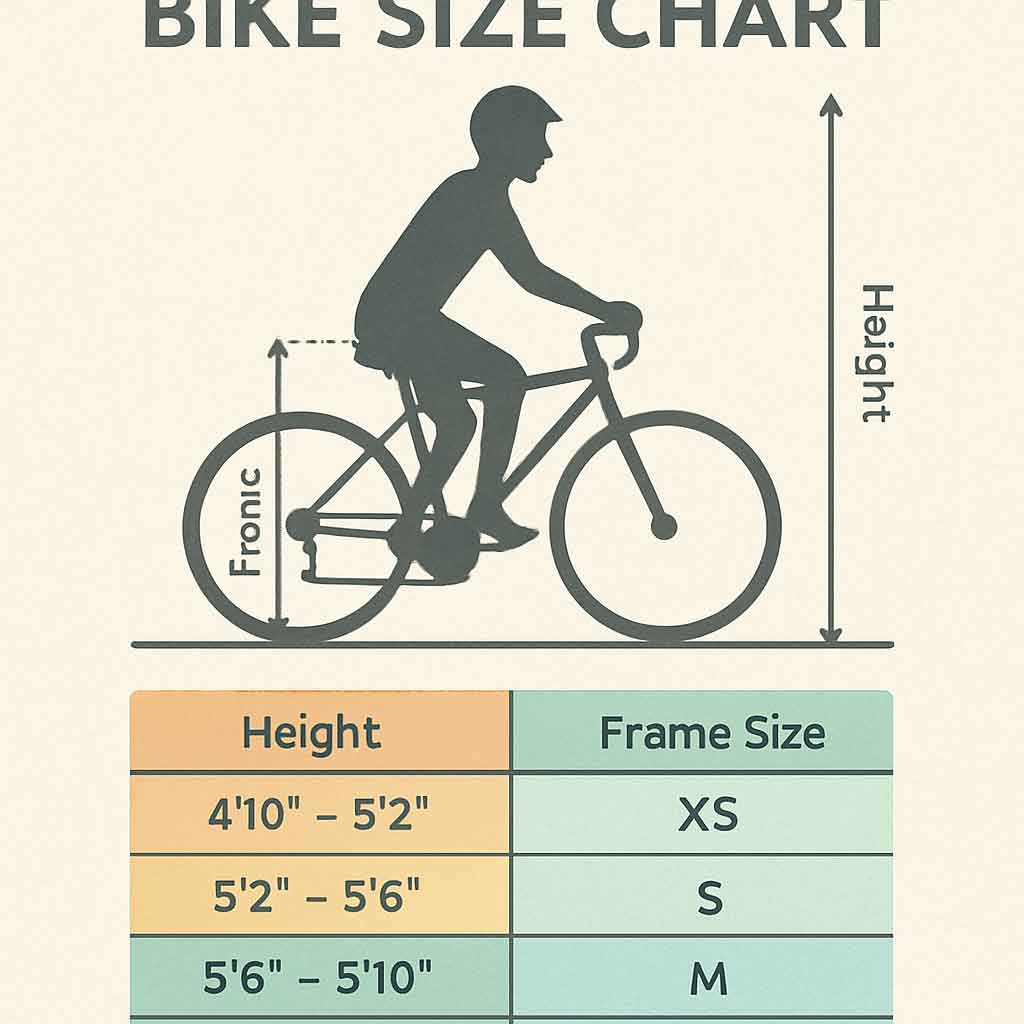
Using a bike size chart is straightforward. Here's a step-by-step guide:
- Measure Your Height: Stand against a wall without shoes and use a tape measure to find your height. This measurement is the first step in determining the appropriate bike size.
- Measure Your Inseam: This is the distance from your crotch to the floor. Stand with your feet about 6 inches apart and measure from your inner thigh to the ground. The inseam measurement is crucial as it directly correlates with the bike's stand-over height.
- Refer to the Chart: Once you have your measurements, refer to the bike size chart provided by the manufacturer. Match your height and inseam with the recommended bike size. Remember, these charts are recommendations; personal comfort and riding style should also influence your decision.
Types of Bikes and Their Size Charts
Different types of bikes have different sizing standards. Let's explore some common types:
Road Bikes
Road bikes are designed for speed and efficiency on paved surfaces. Their sizing typically emphasizes a longer reach for aerodynamic positioning. Road bike size charts often use both height and inseam measurements to recommend a frame size. The streamlined design of road bikes means that a slight deviation in size can significantly affect performance and comfort.
When selecting a road bike, consider the type of riding you'll be doing. Competitive racing might require a slightly different setup compared to long-distance touring. Some road bike charts may also incorporate additional measurements like arm length to ensure the rider's upper body is correctly positioned for optimal aerodynamics and comfort.
Mountain Bikes
Mountain bikes are built for off-road adventures. They have a more relaxed frame geometry, which affects sizing. Mountain bike size charts usually focus on the rider's height, but some also consider inseam length. The rugged nature of mountain biking means that a proper fit can make a significant difference in handling rough terrain.
Mountain biking also introduces additional considerations such as suspension travel and tire size. These elements can influence the overall feel and fit of the bike, which is why it's essential to understand how these factors interact with the bike's size. A well-sized mountain bike will provide stability and control, crucial for tackling challenging trails.
Hybrid Bikes
Hybrid bikes blend features from road and mountain bikes, offering versatility for various terrains. Sizing for hybrids tends to be more flexible, accommodating a broader range of body types. Hybrid bike size charts typically use height as the primary measurement. This flexibility makes hybrids a popular choice for casual riders or those using bikes for commuting.
The versatility of hybrid bikes means they are often equipped with features that cater to comfort, such as adjustable seat posts and handlebars. This adaptability allows riders to fine-tune their bike's fit even after selecting a frame size, making hybrids an excellent option for those who value comfort and utility.
Using a Bike Size Calculator
A bike size calculator is an online tool that simplifies the process of finding the right bike size. By inputting your height, inseam, and sometimes other factors like arm length, the calculator provides a recommended bike size for different types of bikes. These tools are particularly useful for those who may not have easy access to a physical bike shop.
Benefits of Using a Bike Size Calculator

by bruno neurath-wilson (https://unsplash.com/@brunonw)
- Convenience: Bike size calculators offer a quick and easy way to determine your ideal bike size without manual calculations. This is especially beneficial for online shoppers who can't physically test ride a bike before purchasing.
- Accuracy: These tools use algorithms based on extensive data to provide accurate recommendations. They take into account various factors and nuances that might be overlooked in manual calculations, offering a more refined suggestion.
- Customization: Some calculators allow for more detailed inputs, such as your riding style or flexibility, for a more tailored recommendation. This level of customization can lead to a more personalized fit, enhancing comfort and performance.
Tips for Choosing the Right Bike Size
- Test Ride: Whenever possible, test ride a bike before purchasing. This gives you a feel for the fit and comfort. A test ride can reveal nuances in fit that charts and calculators can't, such as how the bike handles and feels during actual use.
- Consult Professionals: Bike shop employees are trained to help you find the perfect size. Don't hesitate to ask for their advice. Their experience and knowledge can offer insights into fit adjustments and accessory recommendations that improve comfort and performance.
- Consider Adjustments: Sometimes, a slightly different frame size can be adjusted with changes to the seat height or handlebar position. These adjustments can fine-tune the bike's fit, ensuring that it meets your comfort and performance needs without the need for a different size.
Common Sizing Mistakes to Avoid
- Ignoring Inseam Length: While height is important, inseam length provides a more accurate indication of the right bike size. Overlooking this measurement can lead to an uncomfortable stand-over height and improper leg extension during pedaling.
- Choosing Based on Brand Alone: Different brands have different sizing standards. Always refer to the specific brand's size chart. Assuming uniformity across brands can result in a poor fit, as slight variations in geometry can significantly impact comfort and performance.
- Overlooking Personal Preference: Your comfort and style of riding are crucial. Don't rely solely on charts and calculators; consider how the bike feels. Personal preference plays a significant role in long-term satisfaction, so trust your instincts and prioritize what feels right for you.
Conclusion
Understanding bike size charts and how to use a bike size calculator is key to finding the perfect bike. By taking accurate measurements and considering the type of bike and your personal preferences, you can enhance your cycling experience. A well-fitted bike not only boosts performance but also encourages more frequent and longer rides. Remember, the right bike size leads to better comfort, performance, and enjoyment on every ride. Happy cycling!



